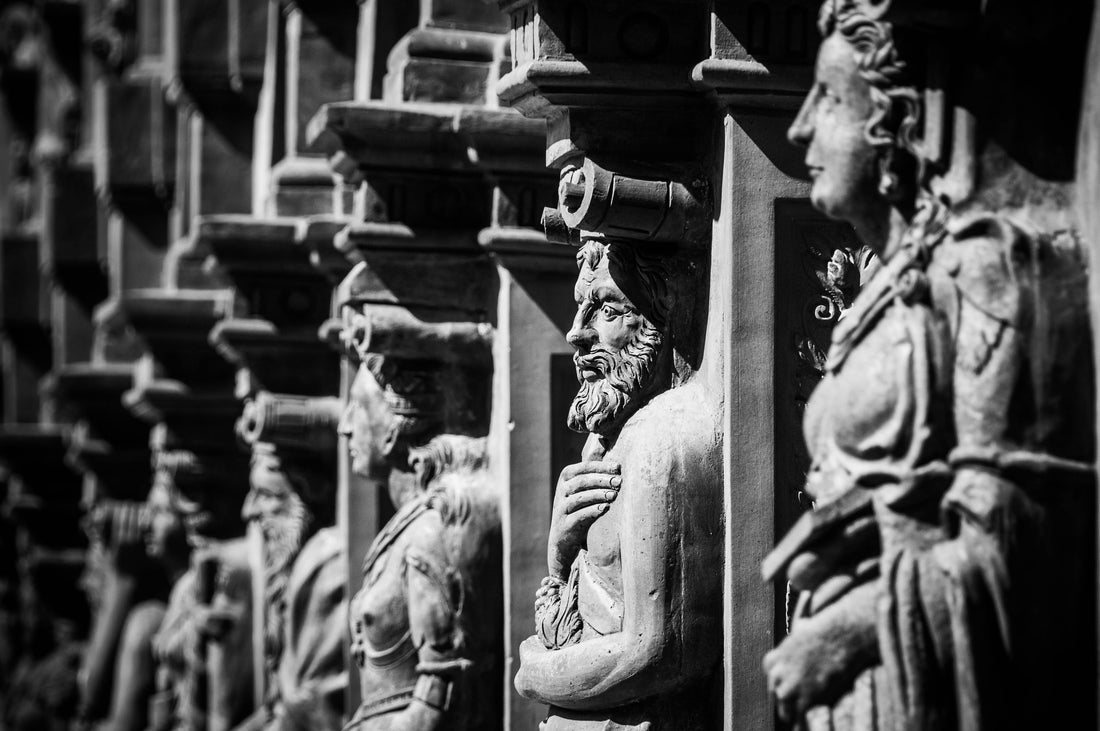
Changing Our Approach to Teaching History
Share
For many of us, history was taught as a black and white subject following a single narrative. However, the reality is that history is multi-faceted. It consists of the experiences of many groups of people from several places, backgrounds, and walks of life.
Unfortunately, the historical events that students learn about in the classroom are often told through one singular lens. You may be wondering which lens I’m talking about. When I sat down to plan out this post, this sentiment kept coming to mind, and it’s one that I think holds a lot of truth:
History is often written by the victor not by those who have been defeated.
Whether the last time you cracked open a school History book was when you taught a lesson this morning or when you were in school yourself years ago, one thing is for certain. It’s likely that only one viewpoint was shared, and it likely belonged to the victor. Despite their potential to expose students to alternative approaches to world history and to spark discussions around cross-cultural interactions, textbooks generally ignore such alternative periodization and chronologies (Marino, 2011b).
So, what can we do to elevate the voices of others who were present for these moments in history, especially knowing that our textbooks aren’t doing so? How can we prioritise the experiences of those who have been defeated?
First, we must give ourselves permission to stray from what we were taught and accept that things can change. There can be more one than one narrative of the same event. In fact, there should be. Once we’ve acknowledged that, it’s our responsibility to analyze conflicting viewpoints. This can occur by reading texts on the same event and allowing those who were negatively impacted by an event to share their experiences. This is also our opportunity to have real, honest conversations with our students where we show them that even as teachers, we are still learning. Learning doesn’t end just because you’ve left school.
Tough Topics for Tough Kids
You may think that topics like this are much too difficult and serious to introduce to Montessori students, but I’m here to tell you that isn’t the case. Our students deserve true, historical accounts of the events that have taken place throughout history instead of a white-washed version of events.
In fact, giving them those opportunities can also help them to “understand the roots of conflict in their own world and offer signposts towards possible resolution of that conflict” (The Australian Curriculum). We are shaping the future each day. Let’s give them the tools they should be equipped with to impact change.
Kids are naturally curious. Not only that, but they’re also observant and do much better connecting the dots than we adults do. A while back, my son’s curiosity came to light and I was able to have one of these honest conversations with him.
In a nearby city where I live sits a large statue of Queen Victoria. My son recently asked why it was there. What a loaded question, I thought! I explained that at one time, people thought we should remember her and decided to put a big statue in this location. What should really be there though is a plaque talking about the colonisation of Māori and how the land the statue sits on was unfairly taken by the crown.
History textbooks would cite all of Queen Victoria’s accomplishments, but, if we were to bring to light how the Māori feel about her, I assure you there would be a difference of opinion shared.
That’s why we must remember that just because we were taught something or our curriculum presents something in a certain way, that doesn’t make it true. It’s our responsibility to keep growing and learning to help our students and children gain more knowledge.
Can Change Occur Regarding Historical Events?
In the United States, the holiday Columbus Day, which has always honored Christopher Columbus and the “founding” of North America, has undergone a name change.
Now, the holiday is referred to as Indigenous People’s Day as a way to honor the many indigenous people whose lives were taken or uprooted once Columbus stepped foot on North American soil.
This name change occurred after people living in North Dakota, a state with a large Native American population, declared that Columbus Day honored an oppressor. Instead, citizens demanded that the day be spent honoring the Native Americans who were and still are a beautiful part of the framework of the United States.
While there has been some pushback regarding this change, it’s a really good topic to discuss with students. It teaches them to learn about different perspectives and helps them to see that there are always two sides to history.
I know that this these topics are big, especially for little people, but it’s our responsibility to talk about them. After all, as Desmond Tutu once said, “If you are neutral in situations of injustice, you have chosen the side of the oppressor.”
You may also be interested in:
Essential Grace and Courtesy Your Child Needs (This article isn't what you think)
Why we need to rethink our social media on key Montessori topics